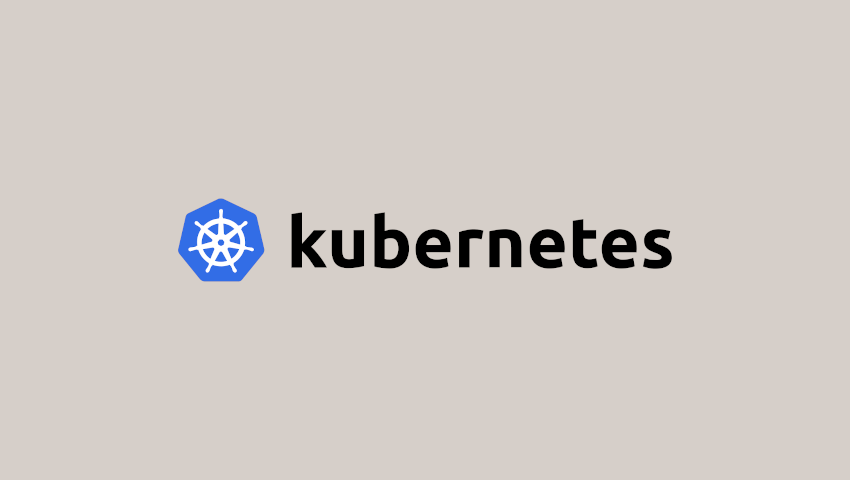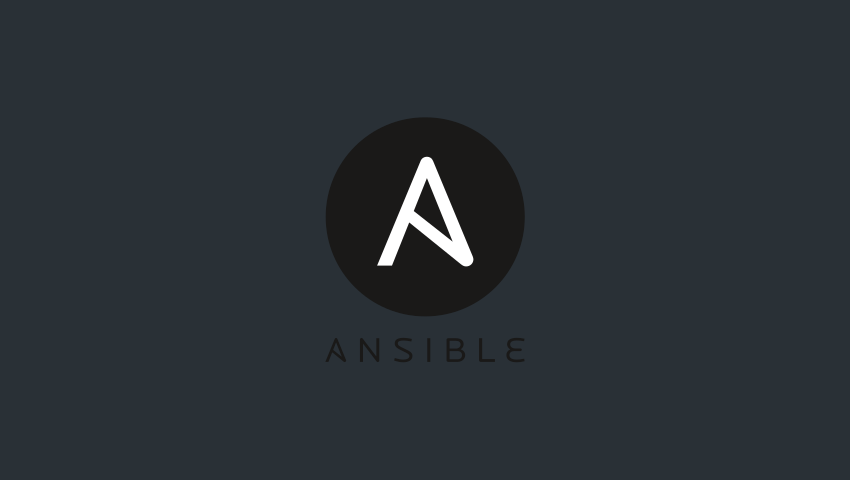
Folding@Home project
In this period of worldwide difficulty and emergency, where we are now forced to spend our time at home, maybe in front of the PC to work, play or simply cheat time, we can actively contribute to a very interesting project that has already been active for years, providing a small part of our resources, so that we can help researchers to fight against this plague that is now affecting our beloved world, covid-19, also known as coronavirus.
Folding@Home (https://foldingathome.org) was born as a distributed computing project, which uses computing resources to simulate protein dynamics, including the protein folding process and protein movements involved in a variety of diseases.
In this tutorial, we are going to describe how we can get a working copy of the software on our linux distribution!
You can find more information about the project at this address: https://foldingathome.org/about
But let’s see how we can install the software needed to run the applications you need to start contributing right away.
Requirements
Depending on which method you want to use, CPU based or GPU based (default), those are the requirements taken from the official page:
CPU Slot Requirements
-
-
- Recent 32 bit or 64 bit Linux distribution, Ubuntu 11.04, Red Hat 6.x, OpenSUSE 11.x
- Intel P4 1.4 GHz processor or newer, or AMD equivalent (modern multi-core processors recommended)
- A limited selection of Projects are available for 32-bit
- A limited selection of Projects are available for single core processors, as the End Of Life for single core projects was announced in August 2013
- Projects for higher numbers of cores may require 64-bit and have shorter deadlines, generally requiring a client running at or close to 24/7
- Broadband internet connection or faster
-
GPU Slot Requirements
-
- Recent 64 bit Linux distribution, Ubuntu 11.04, Red Hat 6.x, OpenSUSE 11.x
- FAHClient running more than part time to meet shorter deadlines
- Broadband internet connection or faster
- 1 or more supported GPU video cards, see below
- ATI/AMD (In beta testing, see Notes below)
- (GPU3 – OpenCL – FAHCore_17)
- OpenCL compatible GPU, 5xxx series or newer, see full list
- 14.4 AMD device driver or newer
- (GPU3 – OpenCL – FAHCore_18)
- OpenCL compatible GPU, 5xxx series or newer*, see full list
- 14.9 AMD device driver or newer
- (GPU3 – OpenCL – FAHCore_21)
- OpenCL compatible GPU, 5xxx series or newer*, see full list
- 15.1 AMD device driver or newer
- (GPU3 – OpenCL – FAHCore_17)
- NVIDIA
- (GPU3 – OpenCL – fahcore_17)
- OpenCL compatible GPU, 4xx series and above (Fermi, Kepler, Maxwell, and newer*)
- 361.xx NV device driver or newer (327.xx is a known stable version for older GPUs)
- (GPU3 – OpenCL – fahcore_18)
- OpenCL compatible GPU, 4xx series and above (Fermi, Kepler, Maxwell, and newer*)
- 361.xx NV device driver or newer (327.xx is a known stable version for older GPUs)
- (GPU3 – OpenCL – fahcore_21)
- OpenCL compatible GPU, 4xx series and above (Fermi, Kepler, Maxwell, and newer*)
- 361.xx NV device driver (CUDA 8) or newer
- (GPU3 – OpenCL – fahcore_17)
- ATI/AMD (In beta testing, see Notes below)
For more information about exceptions and special requirements, please visit this page: https://foldingathome.org/support/faq/installation-guides/linux/requirements/
Debian / Mint / Ubuntu
.deb packages are available for download and install if you are using a Debian based distribution.
First of all, let’s download the packages from the official source:
The installation of the packages requires root privileges, so we are going to install them using the sudo command
First install the Folding@Home client:
The package will require some basic information, insert them and press OK.
Then we are going to install the control application that will show the status of the application and will allow you to choose if you want to run the daemon automatically or manually launch the application.
You can optionally install the viewer module with the following command:
RedHat / CentOS / Fedora
.rpm packages are available for download and install if you are using a RHEL based distribution.
First of all, let’s download the packages from the official source:
The installation of the packages requires root privileges, so we are going to install them using the sudo command
First install the Folding@Home client:
Note: Information about configuration cannot be prompted during the rpm install phase, so they will be provided in the control module that we are now going to install.
To install the control module, use the following command:
You can optionally install the viewer module with the following command:
The FAHClient is installed and is ready to run as a service. Open FAHControl, enter user information, then unpause the client. Manage, monitor and update settings as needed.
You are now ready to go!
To see more information about what you can do and the details of the settings, make sure to read the FAQ on the official page: https://foldingathome.org/support/faq/running-foldinghome/




Scrivi un commento
Devi accedere, per commentare.